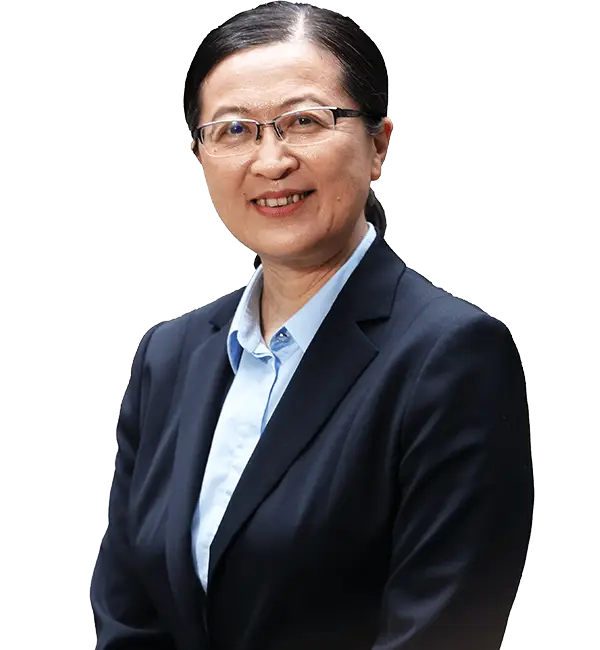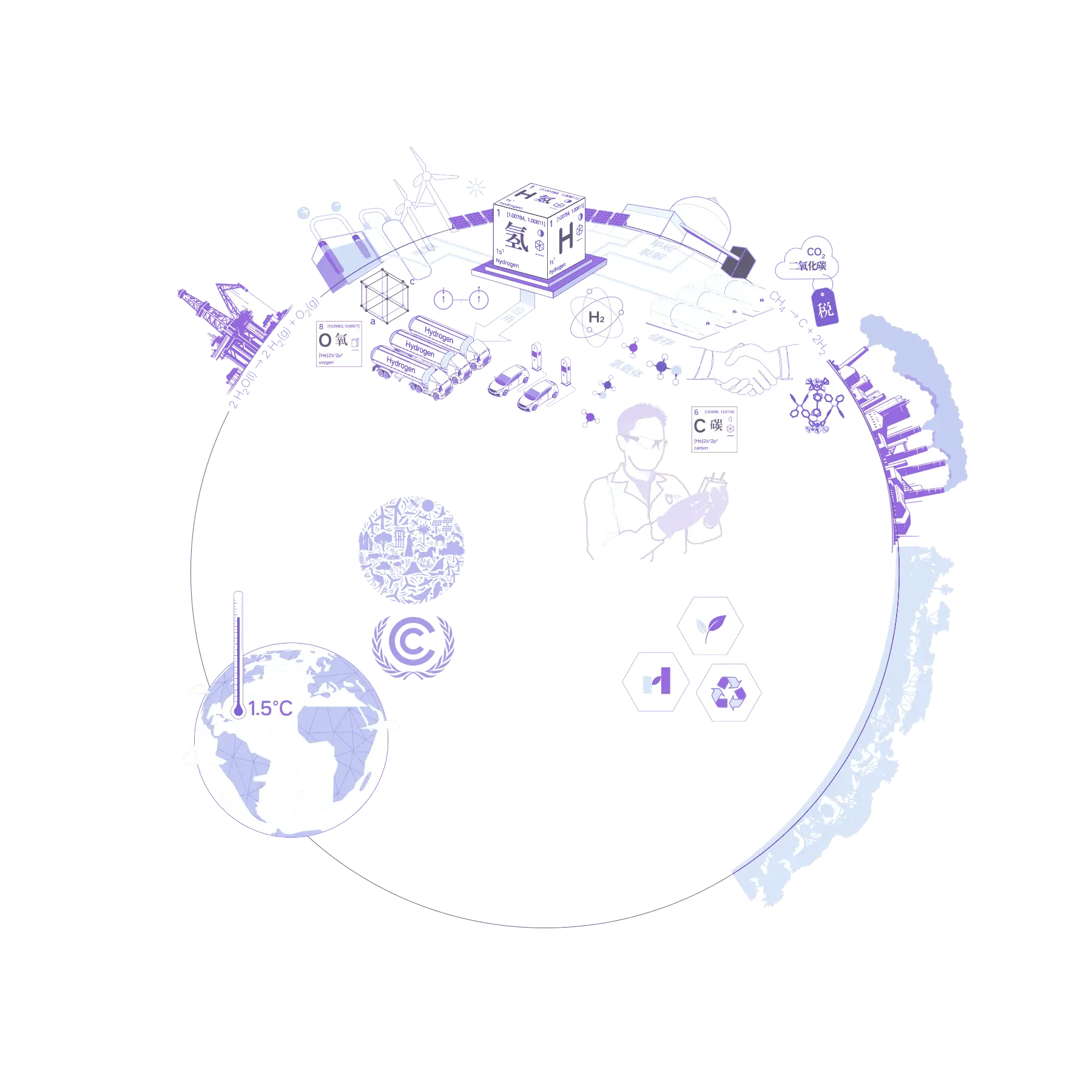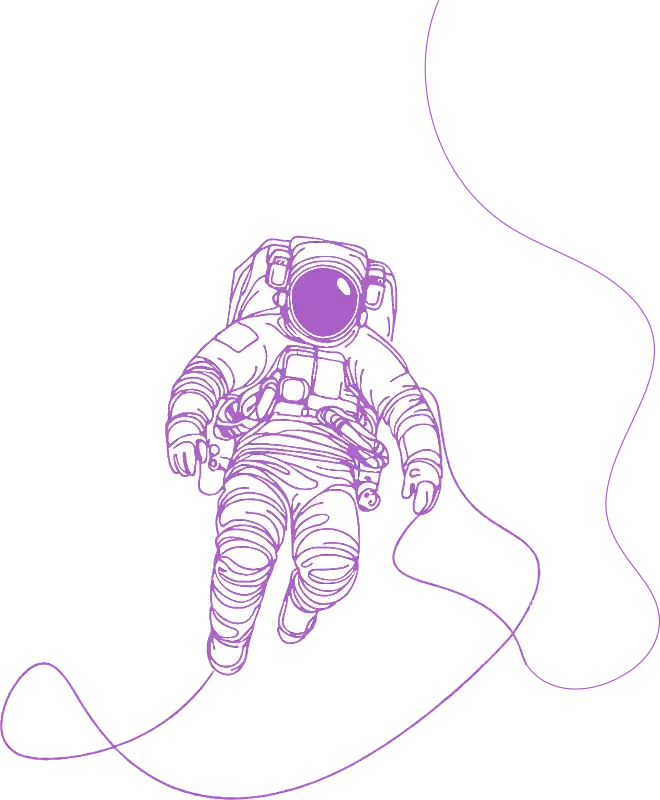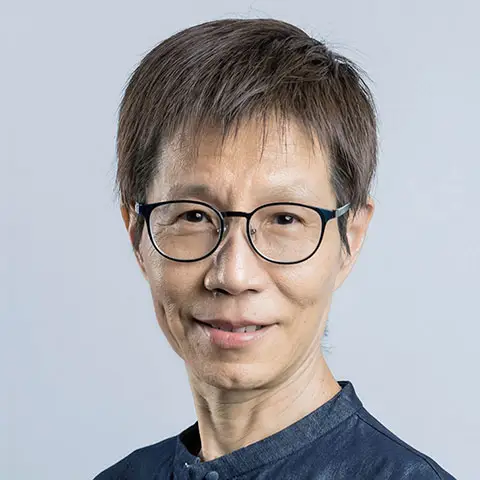Global warming has left us with little time, only 10 years or so. But we have been making progress, so there is still hope.
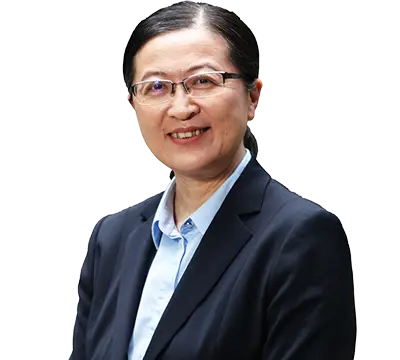
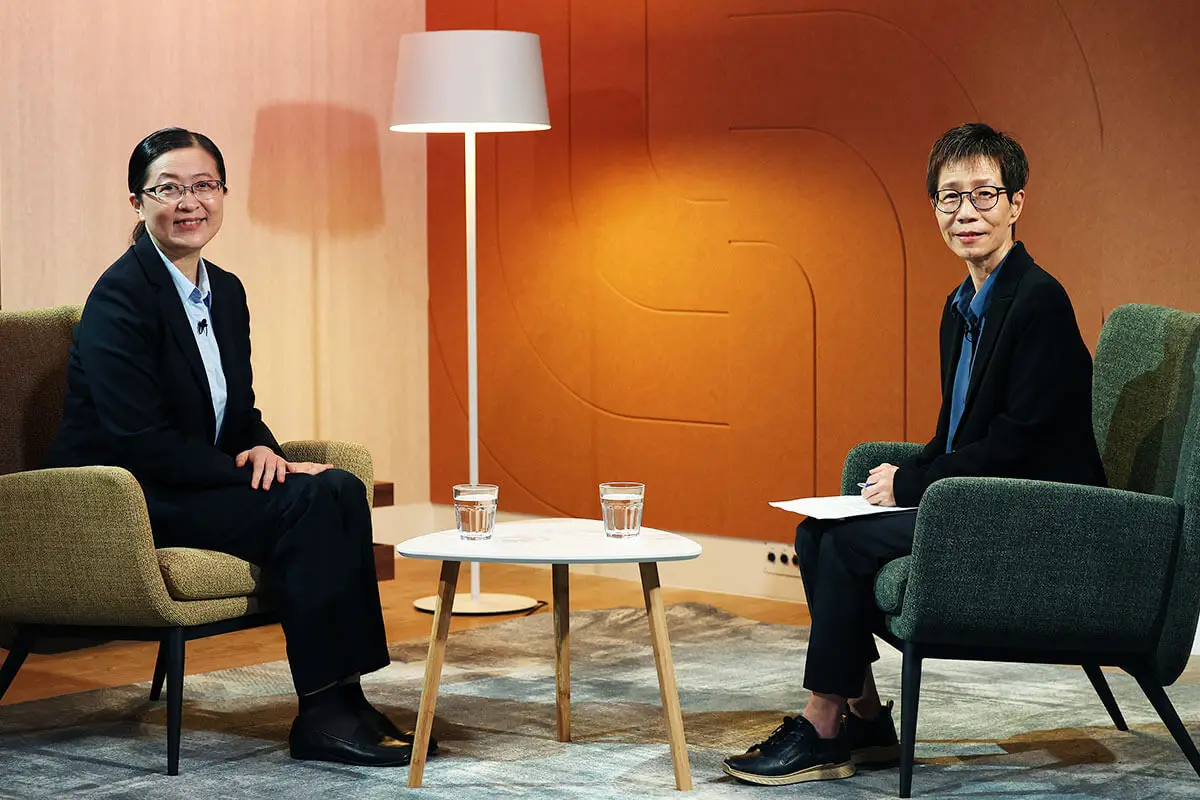
I invited Professor Liu Bin, Deputy President (Research and Technology) at the National University of Singapore, to recommend some books on climate change to the public. One of the books she recommended is "The Future We Choose." Published in 2020, the book advocates for "stubborn optimism" in addressing the climate crisis, believing that if governments, businesses, and individuals act together, we can avert the disasters of climate change. The next ten years are seen as the last window of opportunity to tackle climate issues.
Professor Liu Bin is also a researcher who has spent many years studying polymer chemistry and organic nanomaterials. Her research is highly recognised for its applications in biomedicine, the environment, and energy fields of research. Since 2014, she has been named one of the world's most influential scientists by Thomson Reuters every year. In 2022, she was elected a member of the National Academy of Engineering in the United States, the highest honour in the engineering field, awarded to scholars with outstanding achievements in engineering research, practice, and education.
In the final installment of Lianhe Zaobao's "Future 365" series, Liu Bin discusses how mankind should harness the last window of opportunity and make a sprint towards tackling climate issues, as well as shares her views on the alternative energy sources that Singapore and the region could tap on in future. She also believes that as long as all parties act together: seize the time, reduce the costs of various alternative energy sources and popularise their use, there is still hope for mankind to leave a green earth for itself and the next generation. She said, "Young people need not be too pessimistic."
Last window of opportunity to sprint towards a solution
The future of climate change and the environment is a tug-of-war between time, global politics, resources and wisdom. The focus of this interview lies in uncovering more favorable solutions and positivity for the climate crisis.
The two authors of "The Future We Choose: Surviving the Climate Crisis" are climate experts Christiana Figueres and Tom Rivett-Carnac. They were instrumental in facilitating the 2015 Paris Agreement, which aims to significantly reduce global greenhouse gas emissions and keep global warming within 1.5 degrees Celsius to avoid severe consequences of extreme climate.
Figueres mentioned in the book that to achieve at least a 50% success rate for the 1.5°C temperature control target, mankind must reduce global carbon emissions by half from current levels by 2030, further halved it again by 2040, and then achieve net-zero emissions by latest 2050. This transformation requires firm emission reductions in the economy and in people’s daily living, including stopping coal production from 2020, gradually ceasing oil and gas extraction, and finally abandoning the use of these fossil fuels altogether.
Professor Liu Bin said that compared to the pre-industrial revolution era one or two hundred years ago, the Earth's temperature has risen by 1.1 to 1.2°C to date. If people do not make any changes, the temperature could reach 1.5°C by around 2040, "which means we really don't have much time left, roughly just over a decade."
"But we also see many countries have already started to reduce emissions and start using new green energy. From this perspective, the time we have left is fairly long because we have been making progress, so it is still full of hope, and we can solve this problem within an appropriate time."
This optimism and confidence are about the choice for the future, that is, not to sit and wait in the face of climate issues.
Control technology costs for better households adoption
Figueres, who often calls herself a "stubborn optimist", has said, "Optimism is not about blindly ignoring the realities that surround us. That's foolishness. It's also not a naive faith that everything will take care of itself, even if we do nothing. That is irresponsibility. The optimism I'm speaking of is the necessary input to meeting a challenge, the only way to increase our chance of success."
In these ten years that is our last window to act on climate issues, Liu Bin feels that researchers should prioritise cooperation with the government. Researchers need to solve technical problems and make the improved technology as affordable as possible so that the public can adopt it. The government should set appropriate targets and use economic levers such as carbon taxes to quickly popularise relevant technologies and allow businesses to use green energy as soon as possible.
"For issues like climate and environment that are very relevant to the public, researchers especially need to consider whether the technology developed can be mass-produced and can cooperate with businesses to bring costs down. Only when costs are low can thousands of households easily adopt it."
Liu Bin cited solar energy as an example, saying that a few decades ago it cost tens of dollars per kilowatt, while today in some of the cheapest places for solar energy, it has dropped to 2 cents per kilowatt. Other data indicates that the price of solar energy has dropped by more than 80% in the past decade. And the prices of other new energies like wind energy and hydrogen energy are also gradually decreasing.
So from a scientific perspective, we are very confident that in the not too distant future, we will be able to solve many specific problems.
NUS develops carbon dioxide "catcher" to turn waste into sustainable energy
The Singapore Green Plan 2030 was released in 2021, setting clear goals for urban greening, sustainable living, and the green economy.
Liu Bin said that the goals set by Singapore are very clear. To achieve these goals, it depends on technology and many behaviors in people's lives. She feels that the government has done "very, very well" in providing guidance and doing relevant investments.
As a university that values research and application, the National University of Singapore (NUS) began in 2017 to focus on how to capture carbon dioxide from the air and to produce fuel from the reaction of carbon dioxide and hydrogen.
"When people talk about reducing emissions or changing the energy structure, they usually mean not to add too much carbon dioxide, but in fact, there is already a lot of carbon dioxide in our air, and warming is already happening. So how to bring the temperature back to the level 100 or 200 years ago? This requires new technology, which is to capture the carbon dioxide already in the air."
This method is more difficult than reducing emissions, but Liu Bin and fellow NUS researchers believe that doing so is more meaningful in the long run and more sustainable for Singapore.
"Singapore has relatively scarce natural resources, and if carbon dioxide, which is a pollutant and a completely free resource, can be used to generate new energy, it not only turns waste into treasure to solve the energy problem, but also solves the problem of rising temperature. More importantly, it means that on this land of Singapore, we can continuously produce new clean energy. So this approach is of great strategic significance."
In the process of research and development, NUS found that the price of the new energy to be produced is closely linked with the price of the required hydrogen. Therefore, Liu Bin led the establishment of the NUS Centre for Hydrogen Innovations two years ago, with the primary goal of reducing the price of hydrogen so that local industries and the public can use safer and more affordable hydrogen energy sources.
Liu Bin introduced NUS's research and development on turning carbon dioxide waste into treasure at the World Economic Forum in 2019. Now, this porous organic material that can capture carbon dioxide can be produced on a ton scale, and a small-scale factory will be ready next year to demonstrate this process.This innovative research and development are also meaningful for the planning of alternative energy in other countries.
Deputy Prime Minister and Minister for Finance Lawrence Wong announced at the Singapore International Energy Week in October 2023 that Singapore will promote the development of hydrogen as an energy source through a National Hydrogen Strategy. By 2050, it may meet up to 50% of the local energy demand.
The Future Landscape of Alternative Energy is Bright and Sunny
Does this mean that in the future, Singapore might also have hydrogen-powered vehicles?
Liu Bin opines that a country’s choice between electric or hydrogen vehicles depends on its economic conditions and the efficiency of its energy application. Singapore is small, and its vehicles do not travel far. That makes electric vehicles more efficient. For longer distances, especially for heavy consumption vehicles like trucks or large lorries, hydrogen energy is better. Otherwise, the vehicles would require a significant amount of charging and need to carry a lot of batteries, which would affect their driving efficiency.
Therefore, the decision on which method to use should be based on energy efficiency and the resources consumed in the application process. Similarly, the technology each country adopts to combat climate change should depend on its own circumstances, and there should not be a one-size-fits-all solution.
Many technologies can be shared globally, but which specific technology to choose depends on one's own situation, with different countries making different choices.
If one were to paint a picture of the future landscape of alternative energy, Liu Bin says, "This painting should first and foremost be optimistic and bright, as we will gradually move away from relying on oil."
Singapore currently relies on natural gas but is experimenting with various alternatives. "We are preparing for hydrogen energy, new energy generated from carbon dioxide, recycled oil from pollution, solar energy, and a small amount of wind energy, all sorts of possibilities. In the future, we might also consider nuclear energy, so Singapore's planning is very good. The challenge is to make our technology affordable for businesses, the country, and its citizens to solve the problem."
In the more distant future, that painting might also include energy from space. "Space has a lot of gas and rays, all of which are energy sources. how we can collect and use them was hard to imagine in the past, but now, with technology, it is possible."
By Bridging Gaps in Resources between Nations Singapore shows that Small Countries can be Big Technology Leader
Money is key in energy transition, and there is a significant capability gap between wealthy countries and developing nations in terms of emission reduction transformation.
Whether one’s money is enough is a relative question. It also involves how we prioritise and spend every penny more effectively.
For example, while advanced countries continue to use oil or natural gas, they can further develop more advanced technologies such as carbon capture or carbon conversion. Less developed countries, on the other hand, can fully utilise the resources they already have, such as developing wind or solar energy, to reduce everyone's dependence on carbon or oil.
At the same time, "If the vast majority of countries can come together, the speed at which we develop effective solutions will definitely be faster. This is beneficial for both developed and less developed countries."
In this regard, Singapore is also contributing. "We are not only solving problems for Singapore or Southeast Asia, but often also thinking about finding a technology or possibility in Singapore to solve problems for other countries or on a larger scale. This has fully demonstrated Singapore's leadership in technology."
What Singapore sees are not only today but also the future. Not only do we see ourselves, but we also see the overall development of our neighbours and even the whole world. This is very visionary.
Environment and climate change issues have often been dragged into politics or geopolitics. Does this hinder scientists’ effort? "It does have some impact on us. For such a good cause, I wonder why are we not united in pushing this forward together?"
However, Liu Bin also emphasized that scientists are still focused on scientific issues, even if the impact is not too significant.
"Because we understand that the mission of scientists is to excel in technology, and we are clear about what we should do. The process is hard, it might take a thousand trials to succeed, but it's fulfilling because you know every step you take is to solve the world's problems."
Liu Bin's Book Recommendations
- The Future We Choose / Christiana Figueres, Tom Rivett-Carnac
- The Heat Will Kill You First / Jeff Goodell
- How to Avoid a Climate Disaster The Solutions We Have and the Breakthroughs We Need / Bill Gates
